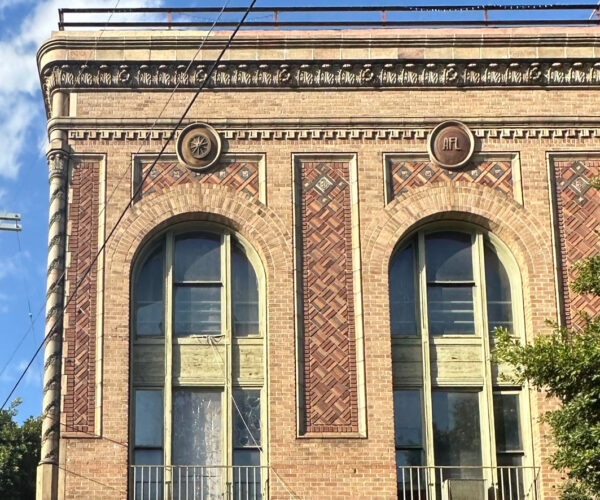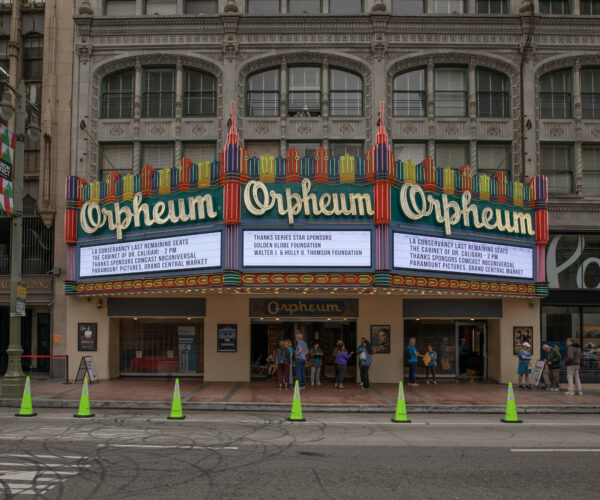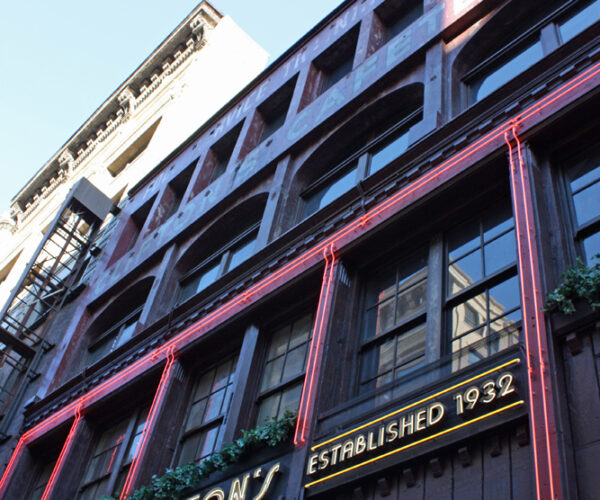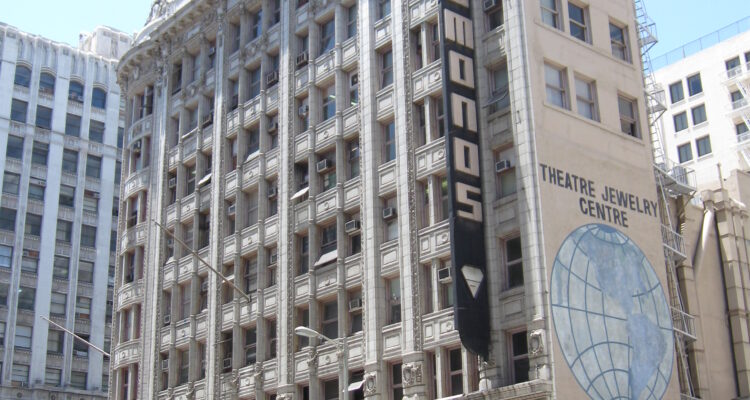
Place
Downtown Jewelry Exchange/Warner Bros. Theatre
The 1920 Pantages Theatre, a nine-story steel-framed building designed by architect B. Marcus Priteca, was the city’s second theatre (and the country’s sixteenth) built for the namesake vaudeville circuit.
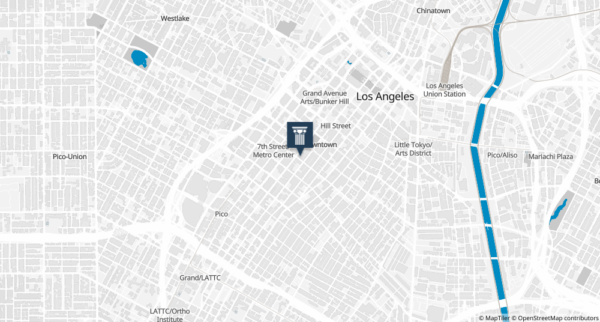
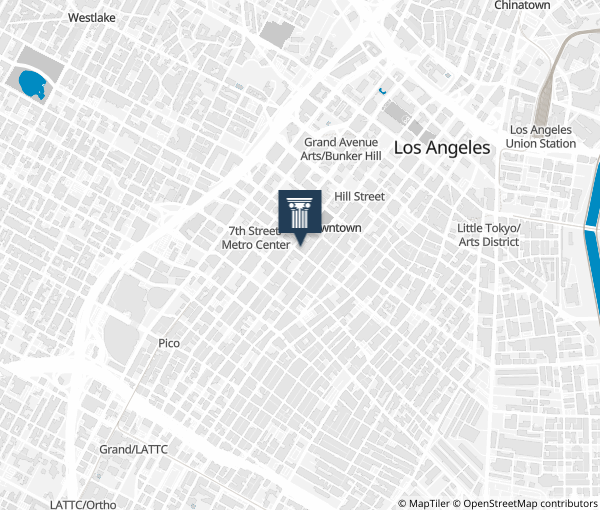
Place Details
Address
Get directions
Architect
Year
Style
Decade
Designation
Community
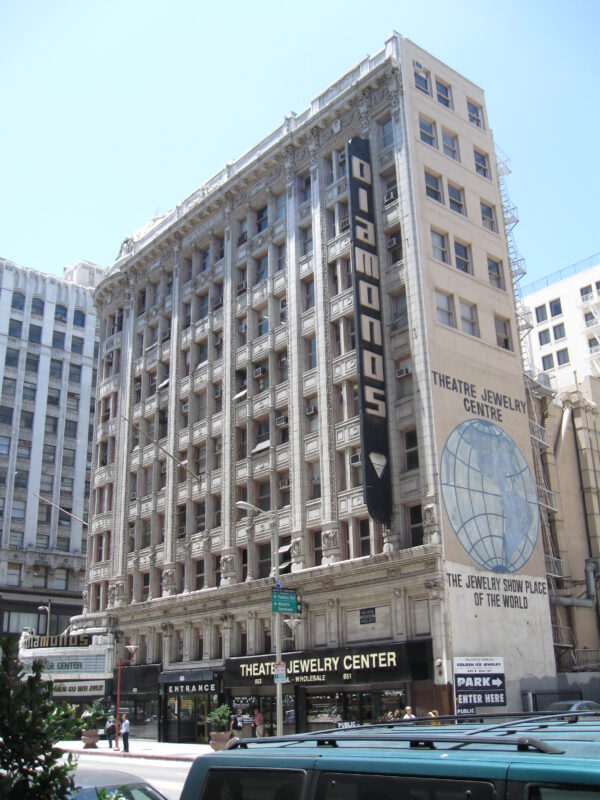
Photo by Annie Laskey/L.A. Conservancy | Photo by Annie Laskey/L.A. Conservancy
The 1920 Pantages Theatre, a nine-story steel-framed building designed by architect B. Marcus Priteca, was the city’s second theatre (and the country’s sixteenth) built for the namesake vaudeville circuit. It is a richly ornamented Beaux Arts structure that includes a 2,200 seat theatre, shops, and offices on the upper floors.
In 1929, the theatre became the Warner Bros. Downtown Theatre and eventually Warren’s Theatre. When the theatre finally closed in 1975, it was used as a church and then converted into retail space as the Downtown Jewelry Exchange in the late 1980s.
Vestiges of its Warner Bros. legacy remain. The familiar Warner Bros. emblem is visible behind the current diamond motif above the buildings’ corner marquee. The parapet continues to read “Warner Bros. Downtown Bldg.”
Despite the building’s new use, much of the interior of the theatre’s baroque ornamentation remains. The elaborate coved auditorium ceiling features a sunburst mural surrounded by Egyptian, Oriental, Greek, and Roman figures. The figures are still intact, although a modern chandelier obscures the sunburst. Flanking the stage are the original Corinthian columns.
